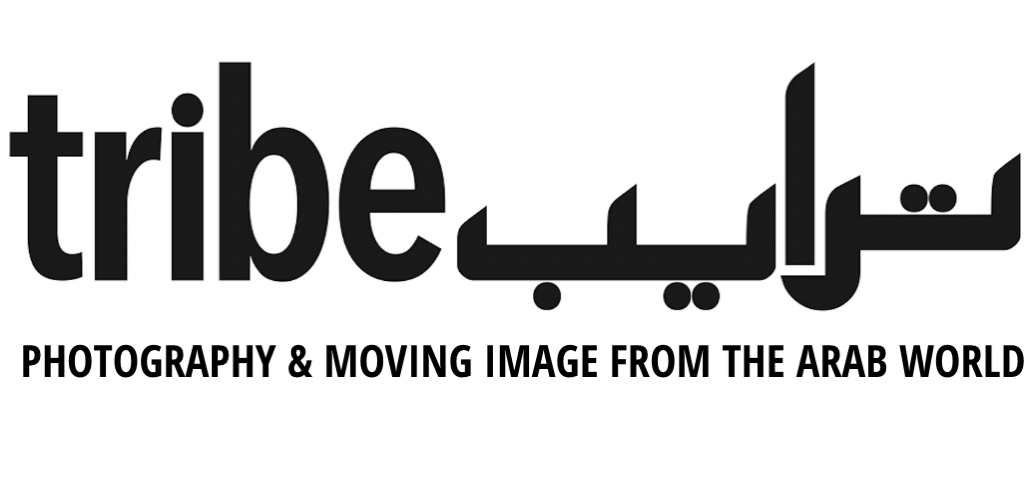Lamia Joreige: Recreating History Through Photography
Imprint of intimate accounts from Lebanese wars and their aftermath
Lamia Joreige, One Night Sleep (2013), photograms on Ilford multigrade fiber paper. Courtesy of the artist and Teymour Grahne Gallery, New York.
With text by Lara Tabbara, writer and blogger.
Lamia Joreige is a Lebanese artist whose talent ranges from photography and multimedia installations to documentaries. She creates a profound sense of engagement in stories of her home country, recreating Lebanese history from personal perspectives. Through photography, she brings to life intimate accounts of the war, retold through the eyes and experiences of those who lived it.
By combining archival documents with elements of fiction, she investigates history and the course of its narrative. She seeks inspiration from the relationship between individual accounts and collective memory. Rooting her practice in her country's experiences, she explores the diverse representations of the Lebanese wars and their aftermath, closely examining their effects on Beirut, the city that is a foundation for her works.
In One Night of Sleep (2013) the artist created photograms that were taken over several months, in an attempt to capture the movement of her own body lying asleep. Joreige would sleep on various types of the photographic paper, which she would place on a wooden board under the ceiling light. She experimented with diverse light devices, different angles, with color and with varying exposures. She also modified her sleeping time until finally, the results appeared on the paper. The images become imprints of a physical presence and record of the unconscious unfolding of time. By documenting the movement of her sleeping body over the passage of time, Joreige animates the inanimate. Blurring the line between life and death, she delves into the realm of the immaterial, her body transformed into a frail ghostlike figure.
Joreige says that the camera-less series became a tribute to both Yves Klein's Anthropometries paintings and Andy Warhol's iconic Sleep film.
The series was shown in her solo-exhibition Records for Uncertain Times (Taymour Grahne Gallery in New York), where Joreige presented several interconnected and ongoing projects, among her latest body of works, Under-Writing Beirut: Mathaf and Under-Writing Beirut: Nahr.
Under-Writing Beirut is a series of photographs and a video installation based on historical and personal locations throughout the Lebanese capital. The series combines time with existence, connecting records with fiction. Joreige includes a book and a poster-like installation that names all of the works that were stolen from the National Museum of Beirut during the war. The list is endless, and is a reminder of the impossibility of creating a comprehensive history. Mathaf, the Arabic term for museum, is the first of the chapters of this ongoing project and focuses on Joreige's neighborhood in Beirut. The area, which hosts the museum that opened its doors in 1942, is located on what was once the dividing line between East and West Beirut, a landmark of sectarian violence and a resonating symbol of the country's torn unity.
Nahr, Arabic for river, is the central subject of the video installation, which shows an abandoned river in motion with narration in the voice of the artist. The urban river became a dumping site at the periphery of Beirut, symbolizing the coexistence of gentrification and human borders within a natural landscape.
The recreated history in Joreige's work brings a profound statement of the impact of the wars in Lebanon. She further reminds the viewer of loss and the impossibility of recapturing what has been taken from a place and culture.


